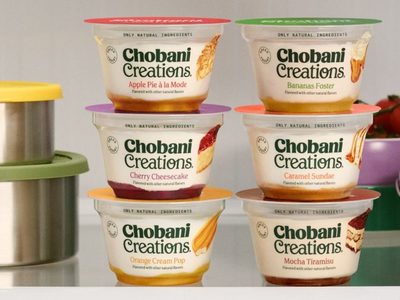Building flavors through technique
One approach to marrying heat and sweet is to use the technique of pickling, which involves a range of aromatic ingredients, including vinegar, salt, garlic, peppercorn and herbs. This combination makes it easier to control the level of added heat, while also maintaining a subtle sweetness, said John Franke, corporate chef, Frontburner Restaurants, Dallas, who serves a chicken tikka taco with honey-sweetened raita crema at the company’s Velvet Taco concept. Some of his favorite combinations are red onions pickled with jalapeños and granulated sugar, and pears with habaneros and honey.
“With some ethnic foods, you can go beyond the obvious spices and seasonings and build flavors upon flavors to create a hot sauce that burns,” Mr. Franke said. “Then use a sweet component to help calm the heat for a more balanced experience.”
Mr. Koetke offers this suggestion when melding heat with sweet.
“I think it’s best to start with something that is sweet or has some predominate sweet flavor,” he said. “Play with adding different chilies for varying levels of heat and different types of burn.”
Sometimes it’s not just adding chilies but other ingredients as well. For example, McIlhenny crafts seven distinct flavors of hot sauce, which are available as condiments and as industrial ingredients. There are also many other ingredients produced during the manufacture of the sauces, including particulates for seasoning blends and finely ground powders.
Bell Flavors offers a range of pepper flavors without heat. For example, there’s a habanero flavor with all of the citrus and grassy notes of the habanero pepper but without any burn.



